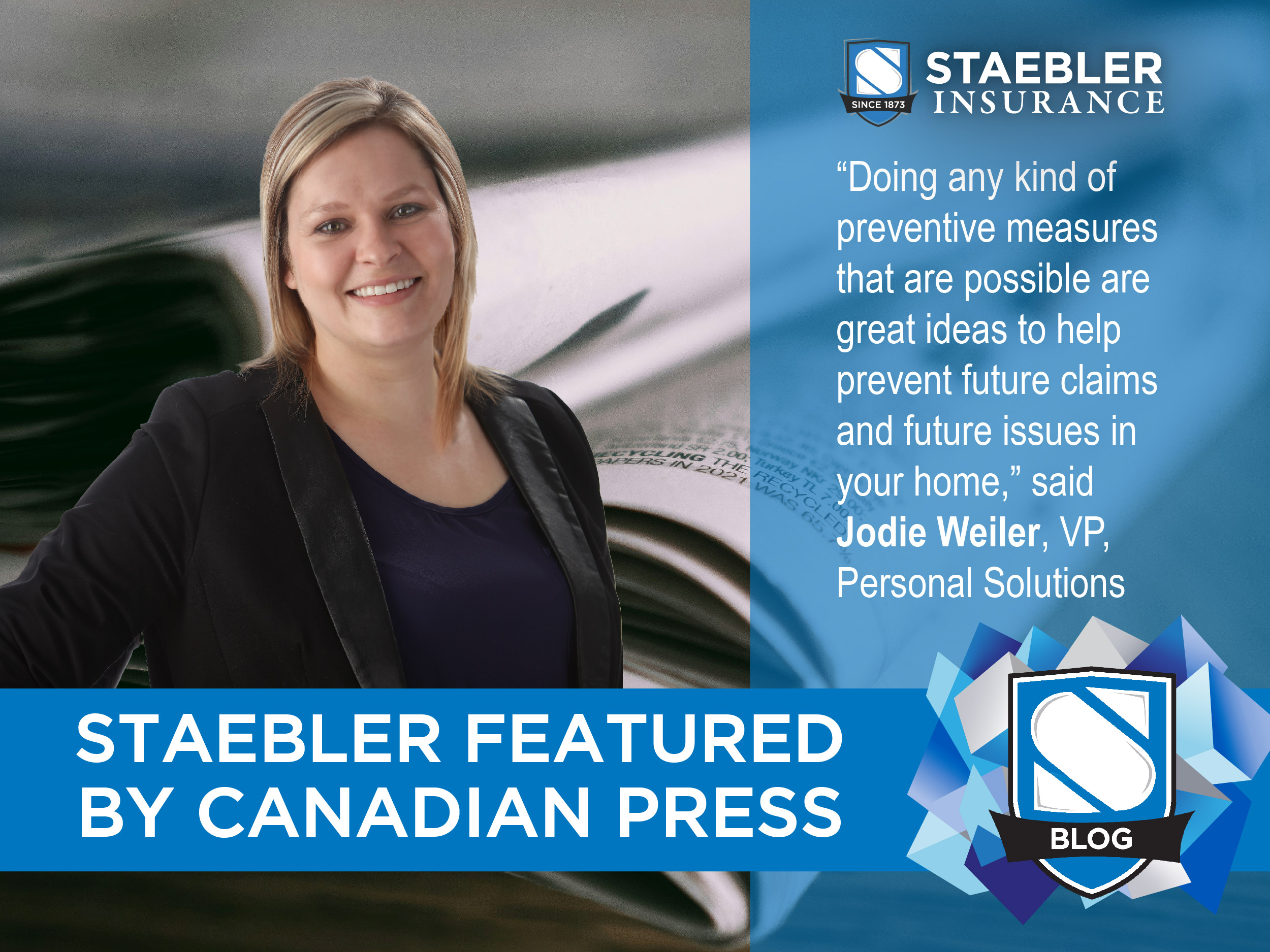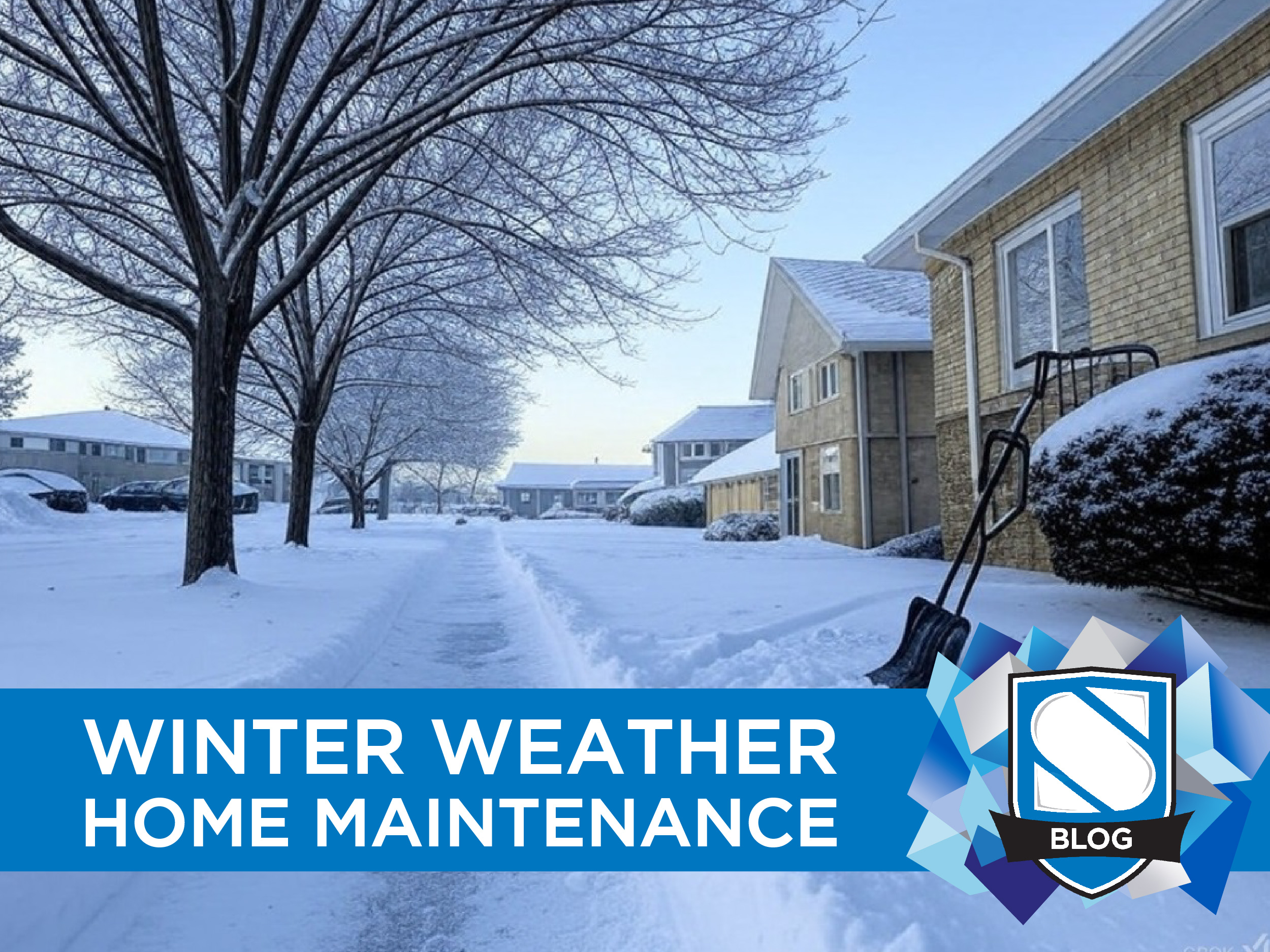Social media is a fantastic way to stay connected to the people in your life. It lets you trade jokes with your friends while waiting in line at the grocery store, talk to a sympathetic ear when you’re up at 2:00 a.m., and share exactly what is going on in your life with the people who matter the most.
Unfortunately, you’re not just sharing with friends and family. When you put things out on social media, there is no telling who is watching. From identity thieves eager to exploit stray bits of info and worm their way into your pocketbook, to others with ill-intent, social media can be a double-edged sword.
But it doesn’t have to be: A few simple precautions can allow you to enjoy all the selfies and jokes you can stand while minimizing your risk from the internet’s bad actors.
Take Control of Your Privacy Settings
All the major social media sites provide tools for controlling who can and can’t look at your profile and what kind of interactions you’re comfortable with, but they don’t always do a great job of making you aware of these settings. In fact, given how deeply many of these settings are buried under sub-option menus and technical jargon, you might get the feeling they don’t really want you using them.
Tough luck, you’re entitled to the degree of privacy you want. Take the time to review your settings on each service you use. They’re all a little different, but we’ll go through a few of the most important settings on the most popular sites –
Facebook: Press the question mark button at the top of the page and run the “Privacy Check Up” option. This will take you through the most basic settings and let you review how you’re currently set up. Some key options include who can see your posts and who can add you as a friend. You can choose between everyone, only your friends, friends of friends, and even make specific exclusions (very handy if your grandma friended you on Facebook and you don’t want to spend Thanksgiving explaining every silly meme you’ve shared this year).
You can also choose to hide your birthday and your email, which is highly recommended. This is the kind of info identity thieves crave. They’ll use this to pry access into other accounts bit by bit, so cut them off early and hide this info from them. Besides, your friends should already remember your birthday (if they know what’s good for them).
Remember to turn off location services and app access. These seem like harmless settings, but there are many ways broadcasting your current location and providing outside parties access to your private info can go wrong. If you want to show off where you are, just take a selfie and make your timeline jealous!
Instagram: Is there anything more infuriating than when someone tags you in a photo you definitely don’t want to be tagged in? You can put an end to the nightmare just by going into Options>Account>Photos of You and turning on “Add Manually.” This will make it so you have to individually approve photos that tag you, so what happens during spring break STAYS at spring break.
While you’re adjusting your settings, turn off GPS tagging and your Activity Status. These are very superficial services that offer a lot more cons than pros. You can always like a picture speak for itself without automatic geo-tagging chiming in, and who cares when you were last active on the site except for creepy stalkers? Turning off activity tracking will at the very least spare you some drama when someone asks “why didn’t you like my pic, I KNOW you were on and saw it!” and could possibly prevent more serious examples of possessive behaviour.
Twitter: Turning off your location is a start. Turning off public direct messages and read receipts is when it starts getting good. But if you really want to go next level, head into your settings and turn off all the Personalization and Data options.
These are the settings that give Twitter permission to scrutinize your profile, follows, likes, and comments to build a data model about you to sell to advertisers. Adjusting these settings will end all those targeted ads you see using the service and maybe even help cut down on spam and telemarketing calls since your data won’t be as useful to advertisers.
As a curiosity, you can also check the data Twitter has already complied on you based on what it has inferred are your interests. This can be fascinating to check and see how accurate, or wildly off, it is. For example, checking mine I see that Twitter thinks my interests include “Science,” “Technology,” and five different variations on “Gaming.” So if anybody needs me, I’ll be stuffing myself into a locker.
Good Posting Habits
Settings will only take you so far. Staying safe on social media means thinking about what you post. This doesn’t mean you have to be paranoid and constantly second guessing yourself. Just getting into a few good habits will go a long way towards keeping you safe.
Avoid sharing any details that you wouldn’t want a stranger to know. Things like your home address, where you work, where your kids go to school and so on. Before you make a post referencing a specific school mascot or teacher by name, think about how that info could be used by someone trying to pry into your personal life. Same with pictures, always give your pics a second look before posting, there’s no telling when you might have accidentally caught something in the frame that will share more than you mean to.
Be considerate of others. Don’t be that person who posts something that gets someone else in trouble. Unless you know for sure that it is okay, always ask before tagging someone in a pic or sharing info about someone else. Make it clear to your friends that you expect the same courtesy.
Always keep in mind who could be looking at your posts. If you’ve adjusted your privacy settings right you should already be on top of this, but it’s still worth keeping in mind. If you have a spicy take on a particular subject that you know is likely to cause friction with a family member, or look bad to a potential employer or college admissions office, consider hiding it on your timeline or temporarily hide your posts from a specific person.
In the same vein, consider keeping separate profiles. Even if you don’t share anything incendiary on your social media profile, it can still be embarrassing when the wrong people stumble on your account out of context. If you’re job hunting for example, a potential employer doesn’t need to know your theories on the next season of Game of Thrones, or read through a timeline full of obscure Simpson quotes you trade back and forth with friends. There is nothing wrong with those posts, but they might not send the message you want to send either. So keep your Facebook private, your Twitter under a pseudonym, and your LinkedIn perfectly clean and boring.
Lastly, consider deleting or hiding old posts. If you have used the same services for years and haven’t always been cautious about your privacy, it’s entirely possible you’ve posted things that could be used against you. A kind of “spring cleaning” where you delete posts from more than a year ago can be a good idea. Some services make this easy while others make it more difficult. Check your services support forums for details on the best way to mass-delete/hide.
And that’s it! A few good habits and a little time tweaking your settings can go a long way to keeping you safe on social media.
Connect with Staebler on Social Media » FACEBOOK | TWITTER | INSTAGRAM














0 Comments